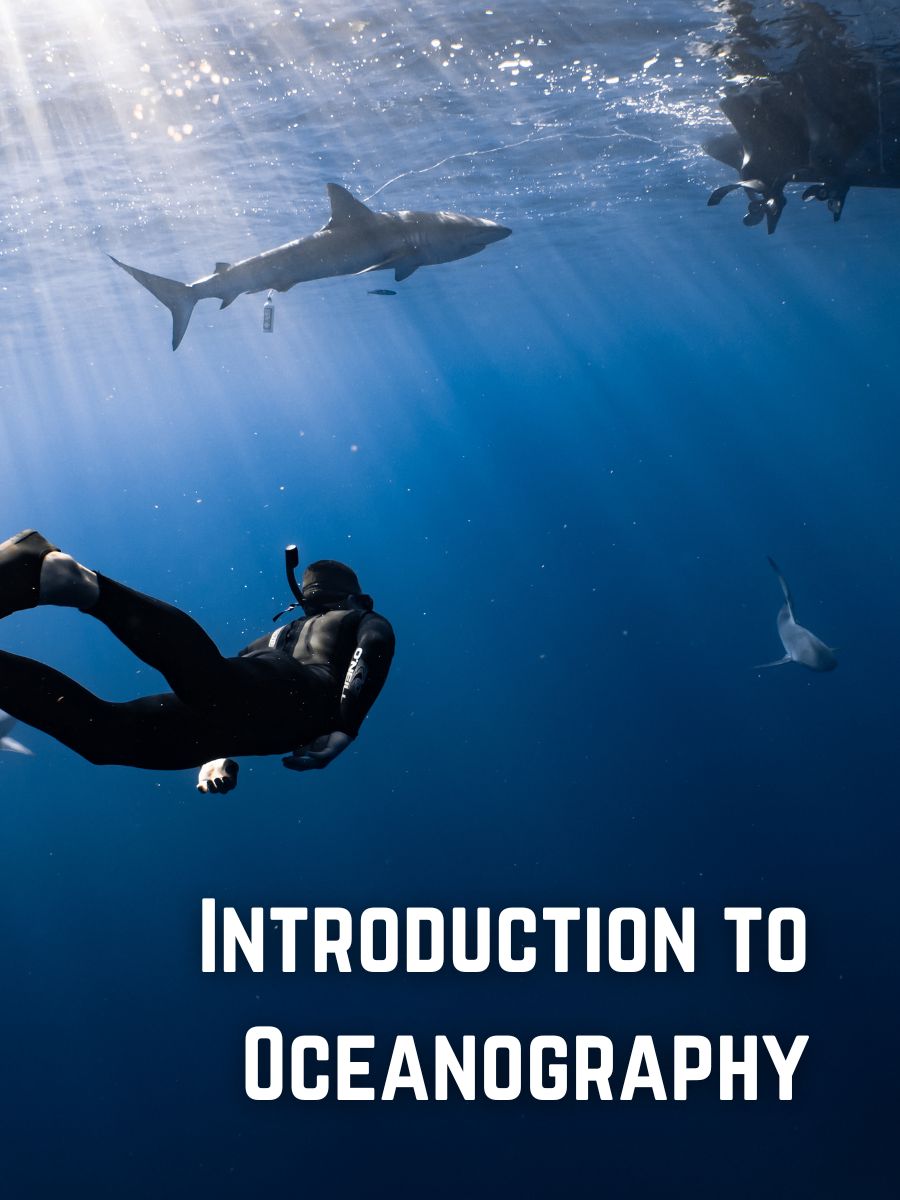Book Title: Introduction to Oceanography

Download this book
License:
Creative Commons Attribution ShareAlike
Contents
Book Information
License
Introduction to Oceanography Copyright © by Cristina Cardona is licensed under a Creative Commons Attribution-ShareAlike 4.0 International License, except where otherwise noted.
Subject
Oceanography (seas and oceans)

